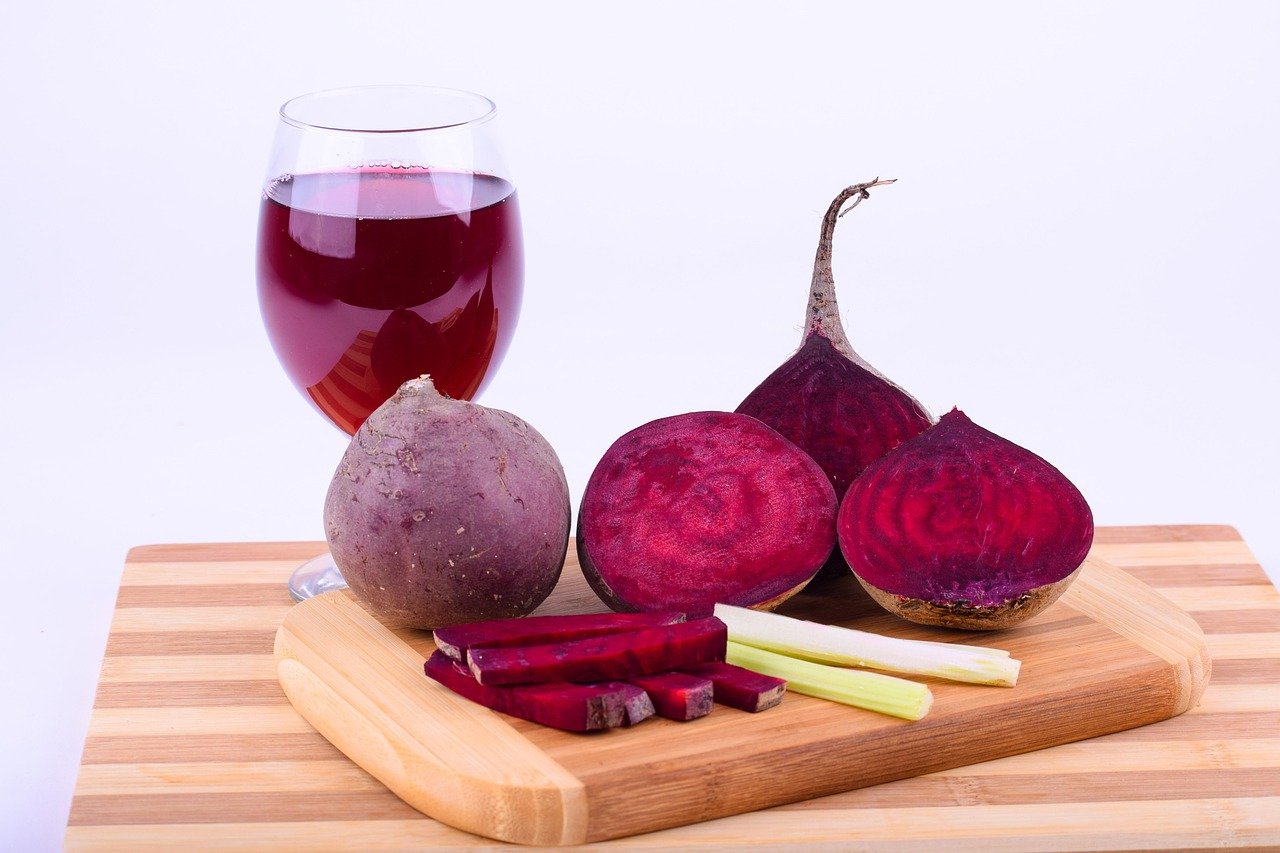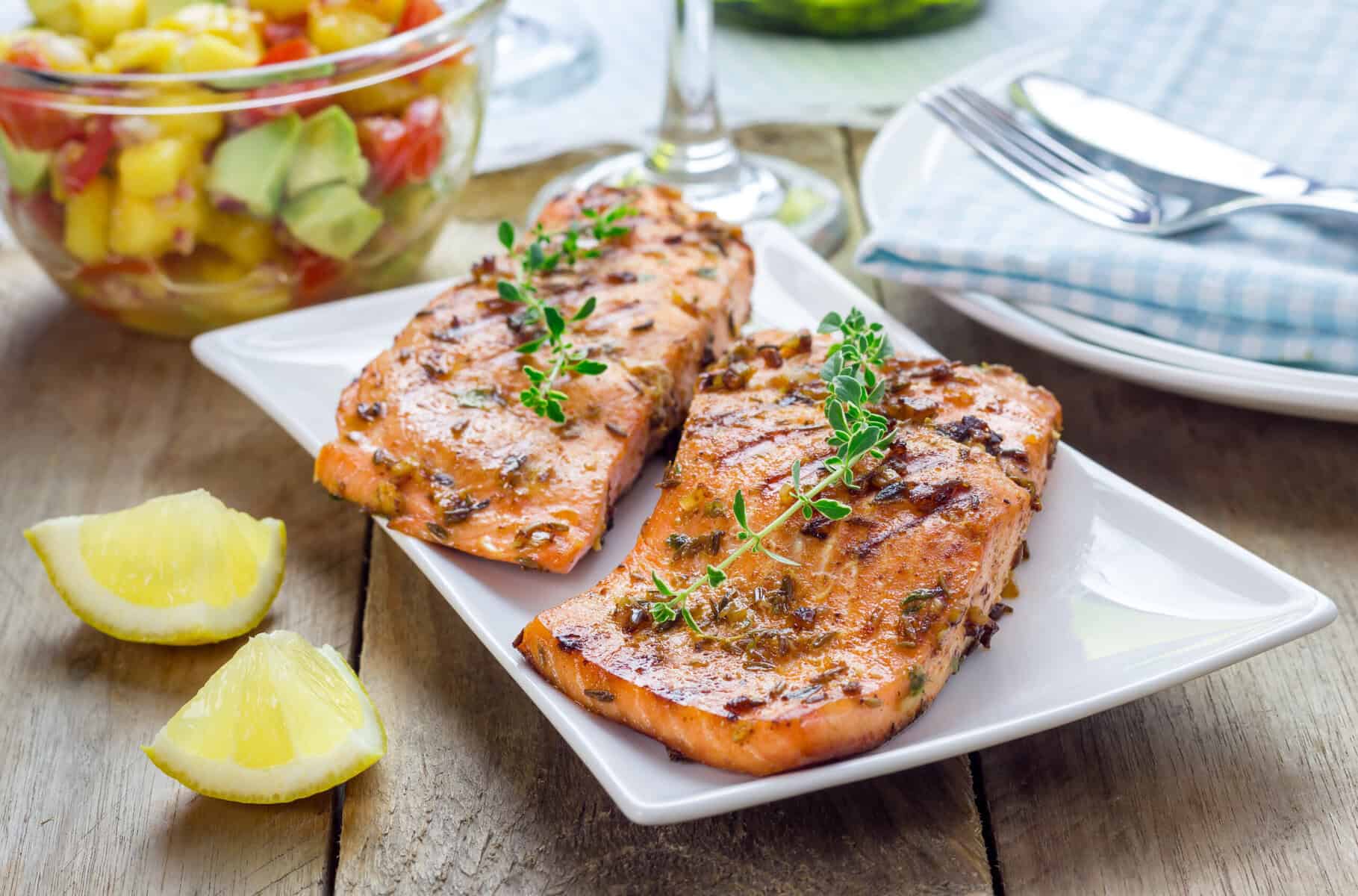One benefit to change is an increase of awareness. Recently reducing caffeine helped me begin to eat healthier and stay accountable to water intake. I started a food journal on November 13th, the day after my visit at the ER, and changed my life. Tracking my food intake wasn’t about portion control as much as it was to see what I could do to encourage myself to eat regular meals, rather than existing on coffee alone.
As a recovering anorexic, keeping a food journal felt stifling. Logging in my food meant I had to acknowledge I was eating. Not only was I eating, I needed to be mindful of what I was eating. Eat to live, not live to eat sounded more poetically profound now that my body needed fuel to survive. As I explore the topic of food journals, I hope you can take the time to find the blessings in my story and turn them around for you own, positively unstoppable story.
Between managing a healthy food intake and learning to track food so one can maintain a healthy weight, I came across an amazing free tool. Think about it, If you could double your chances of taking off a few extra pounds, would you do it? A powerful tool called a food journal is just such thing.
Researchers at Kaiser Permanente studied participants in a weight-loss program, and found that those who kept daily food journals lost twice as much weight as those who didn’t. Of course, keeping a journal does require some time and work.
***
See how these tips can help you stay on track.
Benefits of Keeping a Food Journal
Increase your awareness. A food journal puts an end to mindless snacking. You become more aware of how much you really eat.
Resist temptation. Knowing that you’ll need to jot down those bacon bits on your salad or that extra slice of birthday cake may be all you need to stop you in your tracks. The more you take the time to make note of what you eat, the more making nutritious food choices becomes automatic.
Increase your knowledge. Your journal is educational, too. You’ll learn about calorie counts, fiber intake, portion sizes, and new recipes. In fact, MyFitness Pal, a popular weight loss app, claims their users who log recipes lose 40% more weight.
Target your efforts. Once you spot your triggers, you can change them. You’ll notice the times of day when you crave something sweet or your tendency to eat the whole doughnut when you meant to take just a bite.
Eat healthy. Remember that your food journal can help you do more than take off pounds. You can identify allergies, monitor your blood sugar, or do just about anything involving food and your overall well-being.
***
Simple Steps to Keep a Food Journal
- Act quickly. Writing your meals and snacks down immediately is ideal. You’re less likely to forget important details.
- Aim for consistency. Make entries each day if possible. If you slip once in a while, get back on track as soon as possible. The more weeks and months of data you collect, the more valuable your journal becomes. If the time commitment seems daunting, remember that you’ll probably get faster as you go along. Besides, a few minutes every day isn’t so hard. One of the things which kept me from keeping a log two years ago was the time. What was 3 minutes in a 24 hour period? At the time, I used the concept of the 3 minutes as if it was an hour, and in reality, I didn’t want to commit to writing about food.
- Tell the truth. Be honest even if your lunch consisted entirely of French fries. You can keep the entries for your eyes only if it helps.
- Be specific. Details matter. Mention each ingredient in your sandwich. Notice how much cream or sugar you’re adding to your coffee (The empty calories in our coffee makes a huge impact. Even switching from caffeinated to decaf doesn’t change how much cream or sugar you use.). Pay attention to the calories you drink whether you indulge in pumpkin lattes, a peppermint mocha, or margaritas.
- Look at the big picture. Your diary can encompass more than food and beverages. Write about your emotions and how they affect your eating. Include information about other relevant factors such as exercise, sleep, and health conditions.
- Choose your format. Buy a pretty blank book or use an online template. Maybe you want something that’s easy to tote around or perhaps you prefer to keep it on your nightstand. My journal was on clearance and included a fitness spot, and I jot in squares to make note for water intake.
- Take pictures. Photos make your journal more fun and productive. Include before and after shots of your shrinking waistline. Use images to help you remember and recreate your favorite slimmed-down dishes. Some apps like the DDP YOGA app lets you create a measurement section for your body and also the weight and pain of your body. As you write it in and update the pictures, sizes, and weight each month, you’ll feel like cooking and finding new healthy recipes to keep positive. The app also contains amazing vegan and non-vegan recipes.
- Review frequently. Rereading your diary will help you evaluate your progress and make healthy changes. Looking back gives you a chance to reflect and gather any information you want to share with your doctor or other professionals. You can also use your diary to chart your future as you think about the next milestone you want to reach.
***
Keeping track of what you eat is an effective way to lose weight, stay healthy, and set reasonable goals. As long as you’re consistent and accurate with your food journal, an occasional slip won’t stand in the way of your eating healthier, feeling stronger, and possibly looking slimmer. The empowerment you gain from taking charge of your food intake keeps your motivation strong.
~Just a thought by Pamela
—
This post was previously published on Medium.
***
You Might Also Like These From The Good Men Project
 Compliments Men Want to Hear More Often
Compliments Men Want to Hear More Often  Relationships Aren’t Easy, But They’re Worth It
Relationships Aren’t Easy, But They’re Worth It  The One Thing Men Want More Than Sex
The One Thing Men Want More Than Sex  ..A Man’s Kiss Tells You Everything
..A Man’s Kiss Tells You Everything Join The Good Men Project as a Premium Member today.
All Premium Members get to view The Good Men Project with NO ADS.
A $50 annual membership gives you an all access pass. You can be a part of every call, group, class and community.
A $25 annual membership gives you access to one class, one Social Interest group and our online communities.
A $12 annual membership gives you access to our Friday calls with the publisher, our online community.
Register New Account
Log in if you wish to renew an existing subscription.
Username
First Name
Last Name
Password
Password Again
Choose your subscription level
- Yearly - $50.00 - 1 Year
- Monthly - $6.99 - 1 Month
Credit / Debit Card PayPal Choose Your Payment Method
Auto Renew
Subscribe to The Good Men Project Daily Newsletter By completing this registration form, you are also agreeing to our Terms of Service which can be found here.Need more info? A complete list of benefits is here.
—
Photo credit: Thom Holmes on Unsplash
The post Discover the Power of a Food Journal appeared first on The Good Men Project.
Original Article










